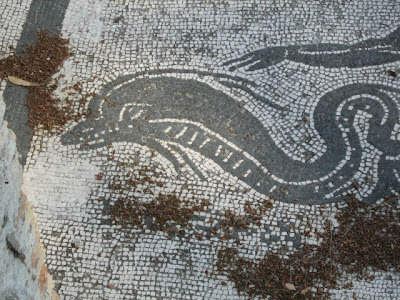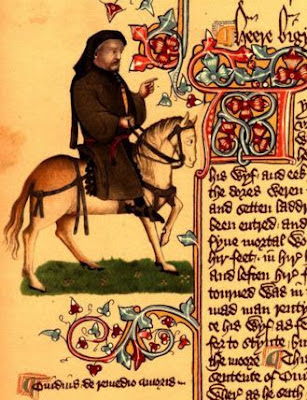Some time ago, the Italian news agency ANSA asked me to write a feature news article about Italy's Illy coffee company, and its interest in contemporary art. I was reminded of this recently when my blogging friend Annie published a photo or a work by Anish Kapoor, one of the artists commissioned by Illy to create some gorgeous cup and saucer sets (the next three photos are of his designs.)
Really, it seems like the perfect marriage made in Italy: contemporary art blended with great coffee.
For almost 20 years, international coffee giant Illy has been mixing its coffee culture with cups designed by contemporary artists, to create a combination pleasing to every sense.
“We want to surround our coffee with an object with the same perfection, the same depth,” as the coffee, explained Carlo Bach, art director with Illy.
“At Illy, we don't consider the art (on its cups) to be a decoration only -- it is something that gives a visual meaning to the cups,” he said in an interview.
“It's an expression of Italian culture, for espresso (coffee) is so very Italian.”
Illy's porcelain espresso cup was created in 1992 by Matteo Thun, based on an idea the company says came from founder Francesco Illy. Since then, more than 70 artists from around the world have put their own interpretation on the simple coffee cups, turning them into small, limited-edition works of art.
This, says Illy, has in turn transformed “the act of drinking an espresso or cappuccino into an incredible experience involving the mind and all five senses.”
Artists, including Michelangelo Pistoletto, Marina Abramovic, Sandro Chia, Julian Schnabel, Robert Rauschenberg, Jeff Koons, Joseph Kosuth, and Anish Kapoor have enlivened the cups with geometric designs, small landscape paintings, vivid colours and images. Some have even re-designed the shapes of the cups and saucers to add to the art's impact.
Even famous filmmakers have gotten in on the act, with the likes of Francis Ford Coppola and Pedro Almodovar involved in designing cups for Illy.
Founded in 1933 and based in the northern Italian city of Trieste, the family-run Illy is one of Italy's success stories, producing and marketing coffee to more than 140 countries. Globally, it employs more than 700 people and reckons it serves more than six million cups of Illy coffee per day
According to the company, Illy buys the highest quality Arabica coffee directly from growers, through partnerships with growers in South and Central America, India, and Africa.
Since 2006, Illy has also come out with decorated Illy coffee cans. The most recent features the work of Alioum Moussa, a multidisciplinary artist from Cameroon in west Central Africa. Illy says his designs for the coffee cans represents the contrast between the artist's home in Cameroon and the Italian region of Piedmont.
“The result is an energetic, lively décor, with warm colors typical of Africa blended with colder colors, representing the European continent,” according to Illy.
Product details are stamped on a transparent film that peels off the 250-gram can, leaving only the design beneath so consumers can keep these small works of art on their kitchen counter.
As well as its own design collections, Illy has promoted contemporary art by sponsoring artists, art institutions, and international art exhibitions worldwide.
Illy art director Bach sees Illy using both its coffee and its art to help it communicate with the world.
“On the outside are (the works) of international artists; inside is pure Italian culture.”


























